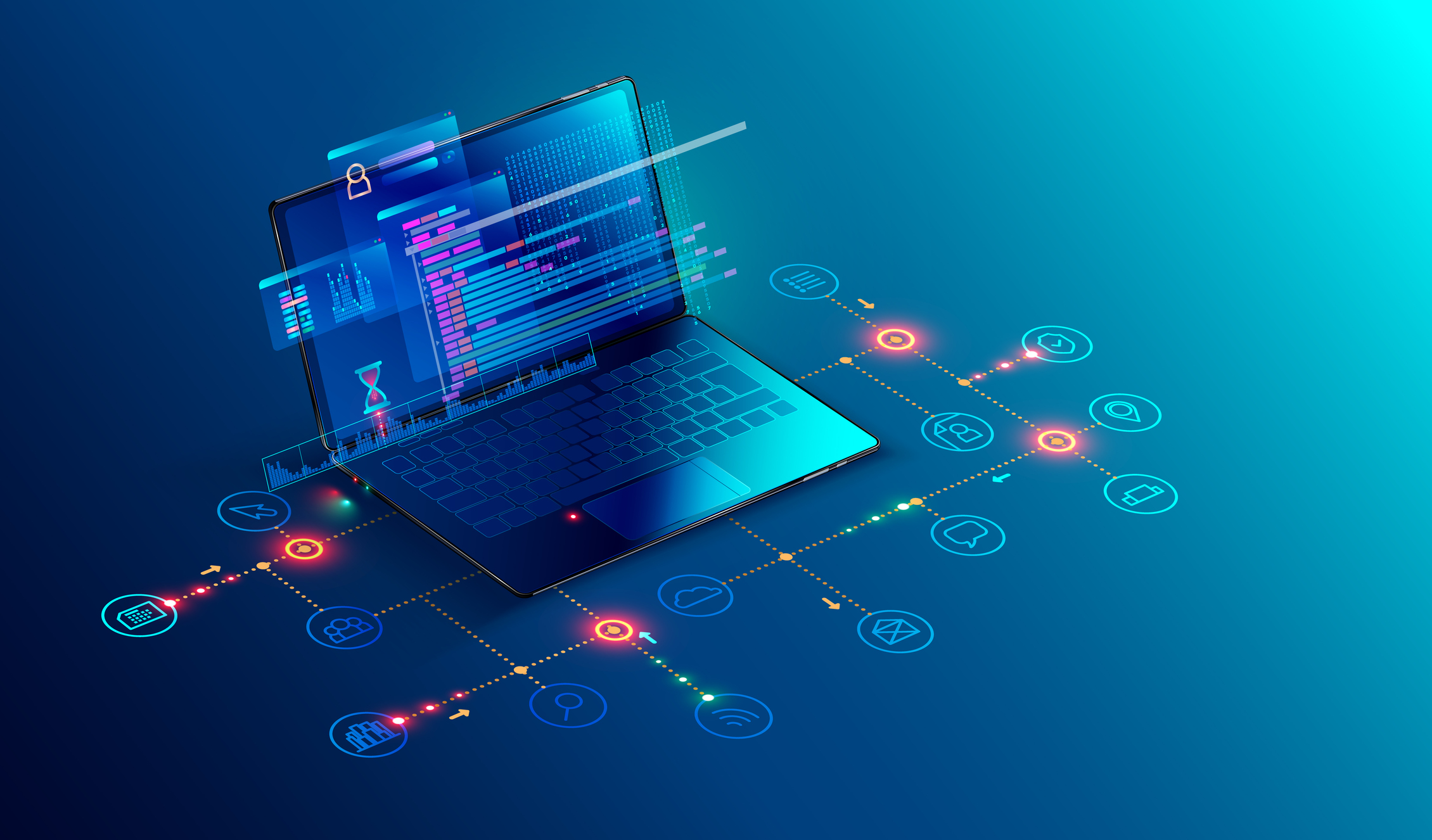Distributed energy resources (DERs) like solar, battery storage, EV & EV charging technologies, and smart home devices like thermostats and water heaters have proven incredibly useful for demand flexibility initiatives around the world. For example, in the summer of 2023, DER technologies were successfully deployed in Texas to help utility providers meet rising demand. It’s this interest that has driven demand, with research indicating that the U.S. DER market could almost double between 2022 and 2027 reaching almost $68b per year in size. Distributed energy resource management systems (DERMS) are tools that grid operators use to manage and control these otherwise disparate DER assets, providing valuable load shifting and virtual power plant capabilities to help meet rising demand and stabilize energy security. While Grid-Edge DERMS are proving integral to defraying high energy costs and strengthening grid resiliency, as a multi-functional tool, the right DERMS can support a variety of cost-saving/revenue-generating objectives for many teams within a utility.
Types of DER Programs
There are many viable demand flexibility programs useful to utility operations. Perhaps the most common is demand response, a time-tested and proven conservation tactic that calls upon program participants to decrease usage during peak hours of energy consumption. Beyond that, there are several parallel and/or complementary strategies available to utility providers. This may include:
- BYOD programs – Any number of programs that utilize one of many smart devices ranging from thermostats to water heaters as part of a concerted conservation effort to minimize usage.
- EV managed charging – Comparable to demand response, EV managed charging coordinates mass EV charging efforts to defray high costs during peak demand.
- V2G charging – A reciprocal charging strategy that allows utilities to bidirectionally manage charging during
- Virtual power plants – This strategy aggregates existing DER assets to redistribute power to the grid.
These are just a few examples of what distributed energy resource management systems (DERMS) can do, but by no means are they the only things. Let’s look at how your distributed energy resource management system (DERMS) can benefit many internal teams at a utility.
Planning & Operations Teams
Planning and operations groups are the parties responsible not only for running the day-to-day affairs of any organization but in preparing for what’s to come next. Increasingly, that means finding novel ways to increase grid resiliency and efficiency to meet growing demand. Furthermore, these groups work to determine how and where to upgrade infrastructure; the long-term costs of energy; and how to quickly and efficiently manage all of this on a budget.
Each of these challenges is manageable through a distributed energy resource management system (DERMS). Load forecasting can look at historical and real-time data to determine an approximate cost on potential demand. That information can inform infrastructure needs, by looking at potential demand versus transmission capacity, while also helping guide fiscal decisions. Through predictable demand control features, DERMS platforms provide these groups with reliable and reproducible access to communally generated or conserved energy resources, shifting demand to off-peak hours.
Customer Program Teams
As noted, there are many customer programs ranging from demand response or EV managed charging to virtual power plant functionality and beyond. To reach the broadest audience of potential participants as quickly as possible, these teams are challenged to find an easy-to-use and deploy distributed energy resource management system (DERMS) that offers a rich library of APIs and device partner integrations. Additionally, through the use of customer engagement tools, customer program teams can define and reach their target audience—potential program participants. Between customer engagement marketing and automation tools, integrations, and interconnectivity between different programmatic offerings, the right DERMS can provide a powerful ecosystem for utilities to scale their pilots to greater heights.
Conservation Programs
Energy efficiency programs pre-date most, if not all other demand flexibility programs, as a form of behavioral demand response: the less customers use, the more they conserve, or put another way, “a penny saved is a penny earned.” Unlike other customer programs, energy efficiency initiatives are designed to encourage specific behaviors, whether that’s using less energy or how to insulate better. Distributed energy resource management systems (DERMS) are helpful for energy efficiency programs as a means of gathering long-term usage data to share with customers, which can encourage and even gamify energy consumption for customers.
Load Management Programs
Similar to planning and operations groups, load management groups identify demand at a much more granular level. As such, the load forecasting tools provided by a robust distributed energy resource management system can help identify needs in the moment or for later use. For load planners, this functionality is critical in mitigating the high costs that come with peak energy purchases, allowing load managers to better coordinate their energy costs with any potential demand flexibility initiative that may run to further defray expenses.
IT Teams
While your IT department may not seem like the most likely beneficiary of a distributed energy resource management system (DERMS), finding a platform that is quickly and easily deployed is critical. For IT that means securing the very best API and device integrations to expedite program development and deployment. In this case, the right DERMS provides utility IT teams with the tools they need to cut back-end costs and get programs to the people who need them the most: customers.
Defined Roles Capabilities
Finding a distributed energy resource management system (DERMS) with the ability to define roles and responsibilities offers an important secondary benefit to IT. What this means is that with a SaaS-modeled DERMS, utility providers can easily determine which teams have access to which DERMS functionality within the tool. This ensures that the right people get the right access as needed, which can be managed quickly and efficiently by IT personnel to mitigate internal cybersecurity challenges. The right DERMS will allow overlapping functions from EV managed charging to virtual power plant device-level aggregation.
Why Your DERMS Supports Multiple Utility Teams Conclusion
Utility budgets are lean, with infrastructure costs high and imminent and demand up, tighter than ever. Fortunately, there are distributed energy resource management systems (DERMS) that can serve many objectives across many teams, decreasing your overall investment. Combined with demand flexibility initiatives, the savings start to mount up from load managers to the C-Suite and beyond.





